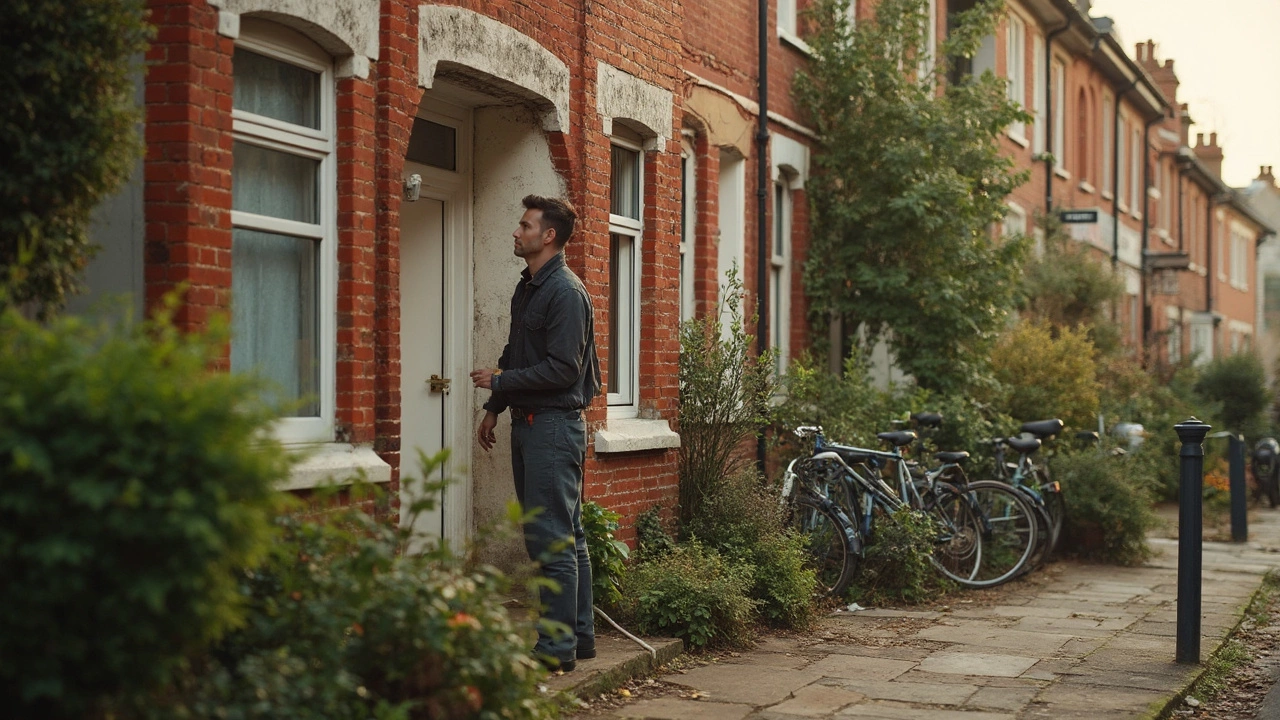100 Year Old House: Practical Tips for Preservation and Upgrade
Living in a house that’s stood for a century feels special, but it also brings a set of chores most modern homes don’t have. From creaky beams to worn roofs, the older the building, the more you’ll need to know about keeping it safe and functional. This guide gives you straight‑forward steps you can start today, whether you’re a first‑time buyer or a seasoned homeowner.
Check the Foundation Before Anything Else
One of the biggest threats to an old house is a weakened foundation. Look for horizontal cracks in the walls, doors that stick, or uneven flooring. If you spot a crack wider than a few millimetres, get a professional opinion – simple fixes like epoxy injection work for small splits, but larger issues may need underpinning. Catching problems early saves you from costly repairs later.
Roofing: Don’t Let the Top Leak
Roofs on 100‑year‑old homes often use legacy materials like slate or early‑generation tiles. Inspect the roof after heavy rain: any water stains on the ceiling mean a leak. Replace missing or broken slates, and consider a breathable under‑layment to prevent moisture buildup. Upgrading to a modern, lightweight metal roof can give you better protection without changing the house’s look.
Next, tackle the walls and insulation. Older houses usually lack proper cavity insulation, so you’ll feel drafts in winter. Adding insulated plasterboard inside the walls is a cheap way to boost energy efficiency while keeping original exterior walls untouched. If you’re interested in preserving period features, use removable insulation panels that can be taken out for future restorations.
Windows are another common weak point. Original sash windows look great but can be drafty. Instead of swapping them out completely, install secondary glazing. It’s a clear layer that sits inside the existing frame, improving thermal performance while preserving the historic look.
Plumbing in a century‑old home may still run through cast‑iron pipes. Over time, these can corrode and cause leaks. If you notice water stains under the floor or a drop in water pressure, consider a pipe relining job. This method inserts a flexible liner inside the old pipe, creating a new, leak‑free channel without tearing up walls.
Electrical systems deserve a thorough check too. Wiring from the early 1900s often lacks proper grounding and can be a fire risk. Hire a qualified electrician to test the circuit integrity, replace outdated knobs, and install modern circuit breakers. Updating the fuse box is a small investment that protects the whole house.
Finally, think about the house’s character. Keep original features like exposed beams, brickwork, or decorative cornices alive. When you need to replace a component, match the original material and style. This not only keeps the aesthetic intact but also adds resale value for future buyers who appreciate historic charm.
Maintaining a 100‑year‑old house is a balance of repair, upgrade, and respect for the past. With a solid foundation, a watertight roof, better insulation, and modern utilities, you can enjoy the unique atmosphere of a historic home while living comfortably and safely.

Are Cracks in a 100 Year Old House Normal? Expert Guide to Old Home Cracks
Jun 26, 2025, Posted by Damon Blackwood
Wondering if cracks in your 100 year old house are normal? Learn what's common, what's a red flag, and discover practical tips to maintain your vintage home.
MORESEARCH HERE
Categories
TAGS
- foundation repair
- commercial construction
- construction
- new builds
- home improvement
- home renovation
- bathroom renovation
- residential construction
- construction materials
- home foundation
- renovation tips
- building types
- contractor
- foundation cracks
- home construction
- architectural services
- building codes
- construction differences
- home inspection
- kitchen installation